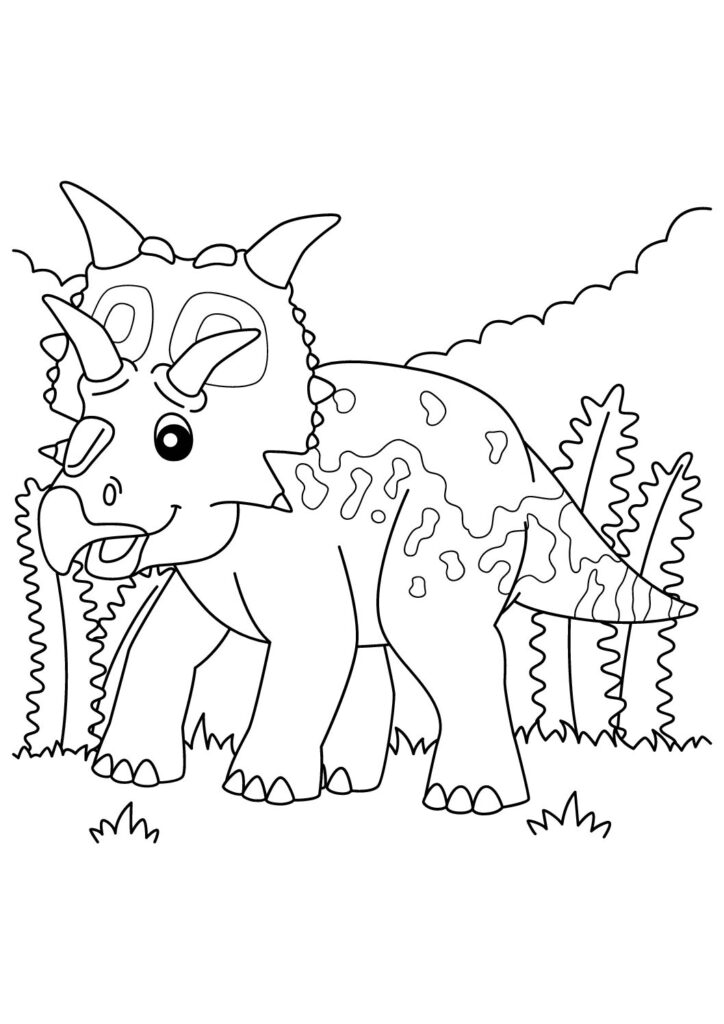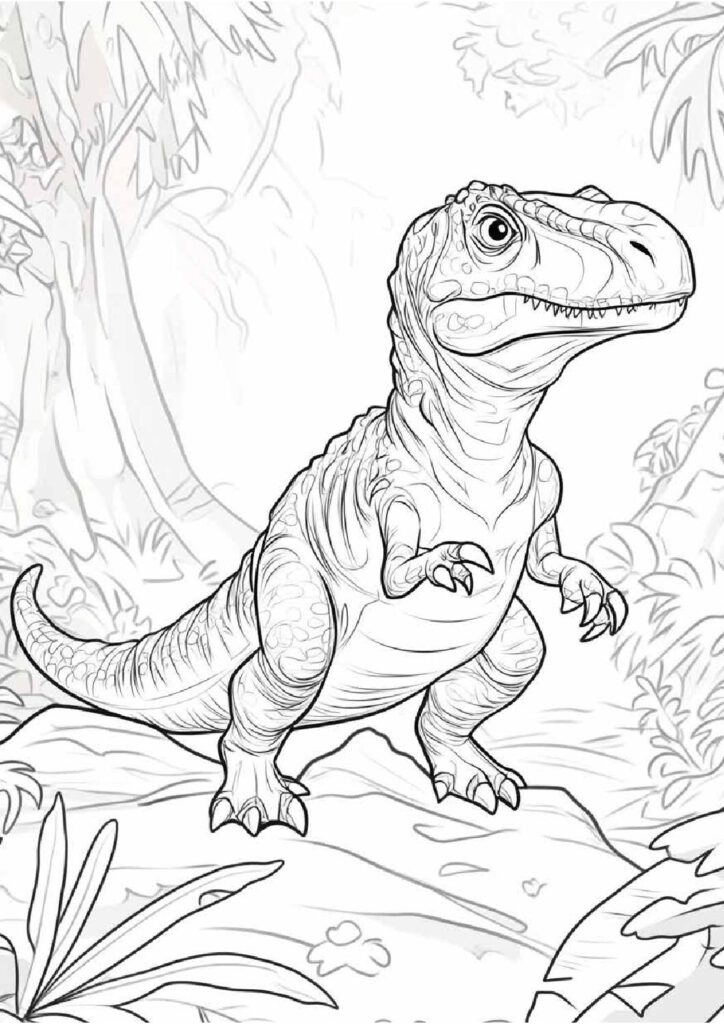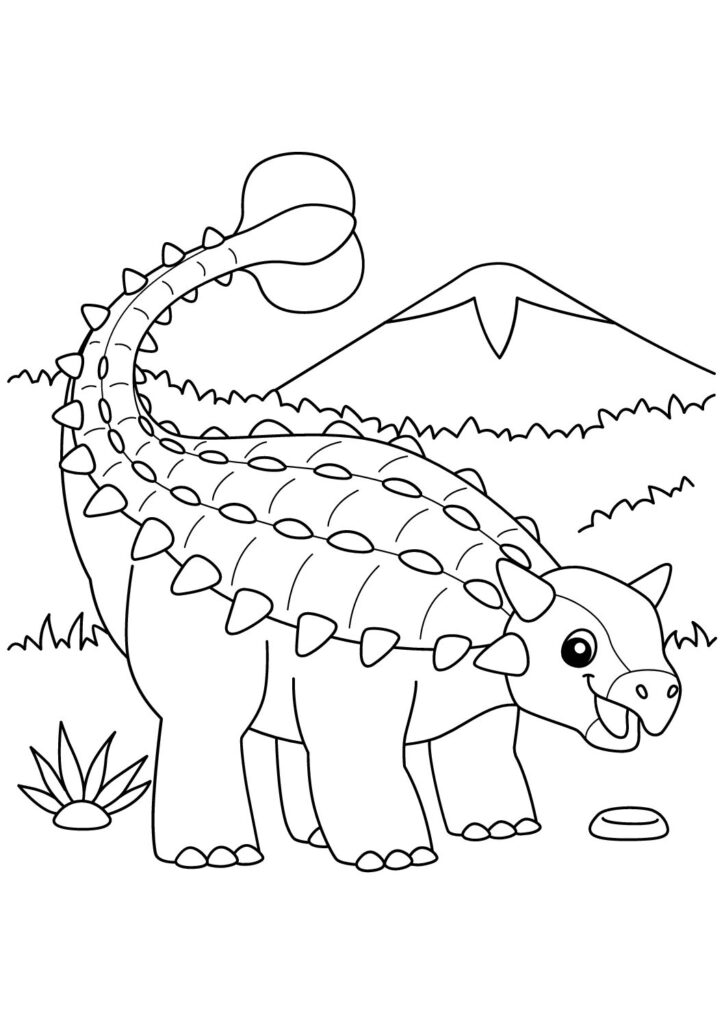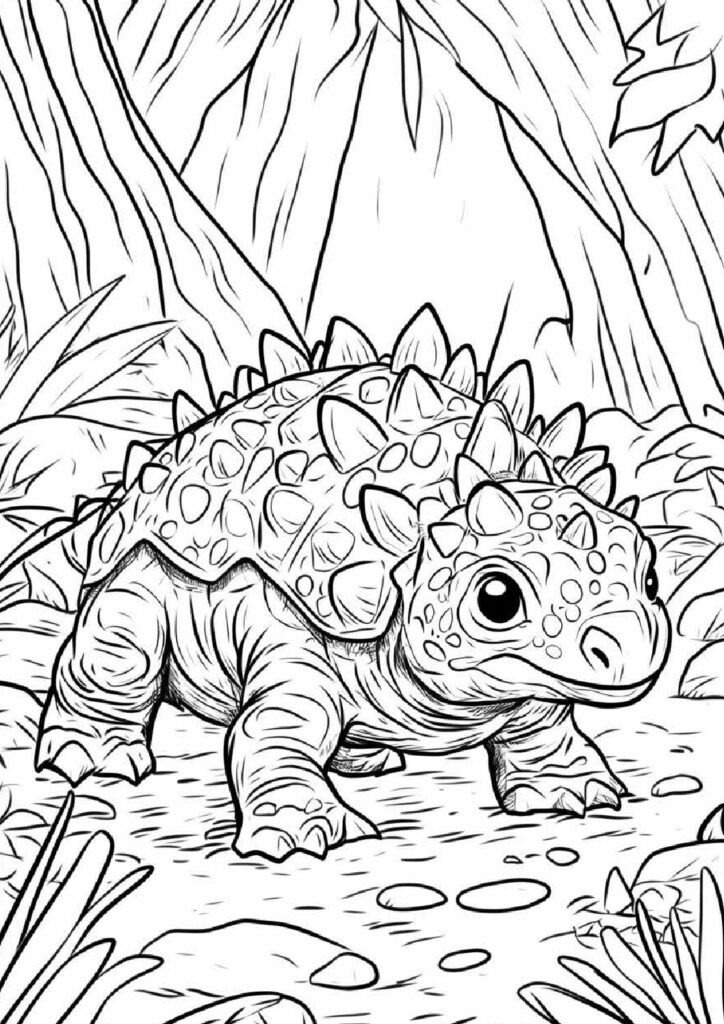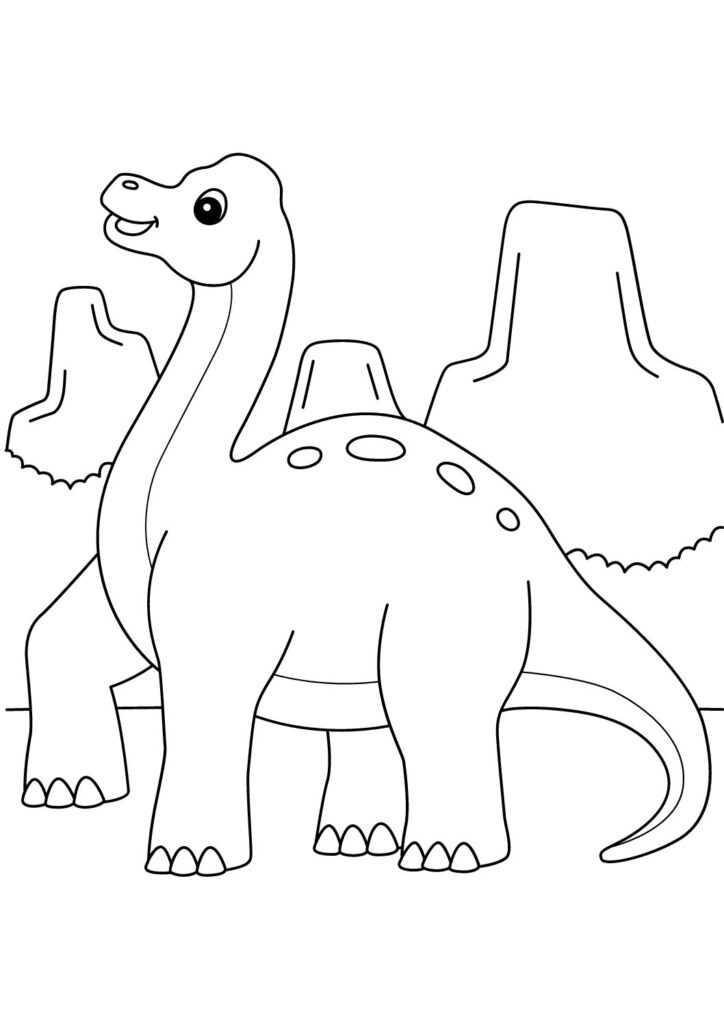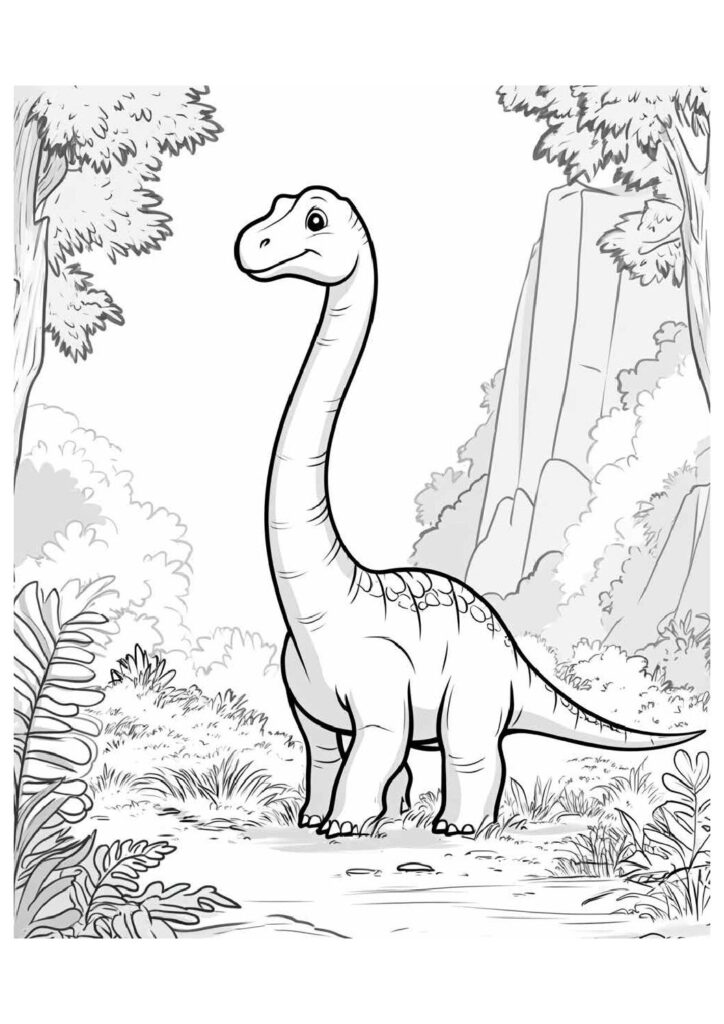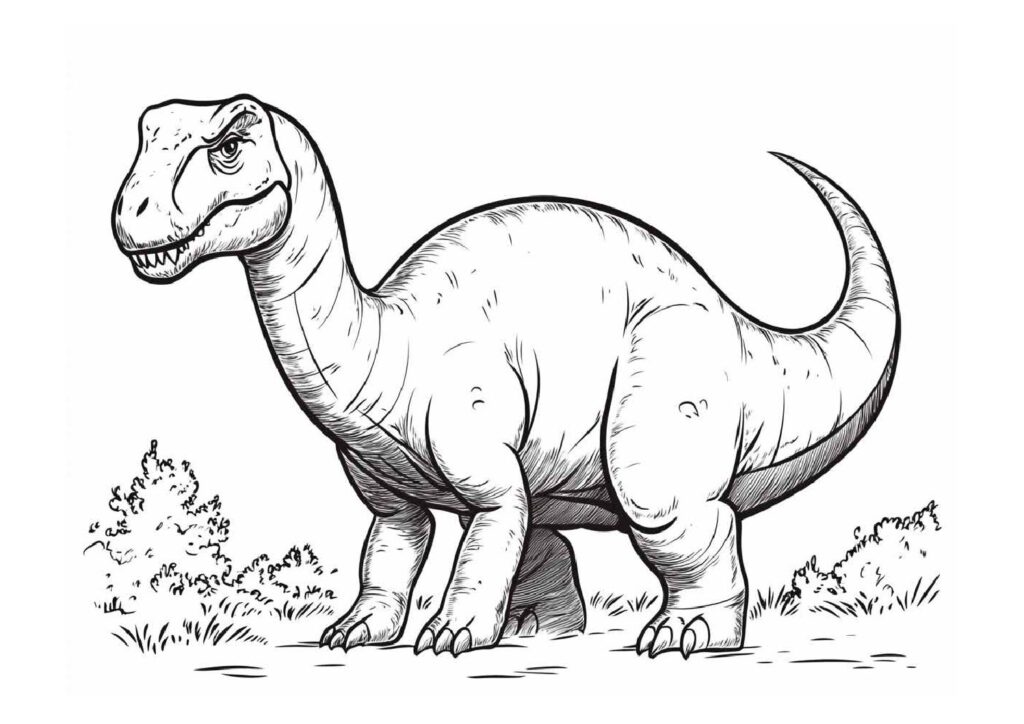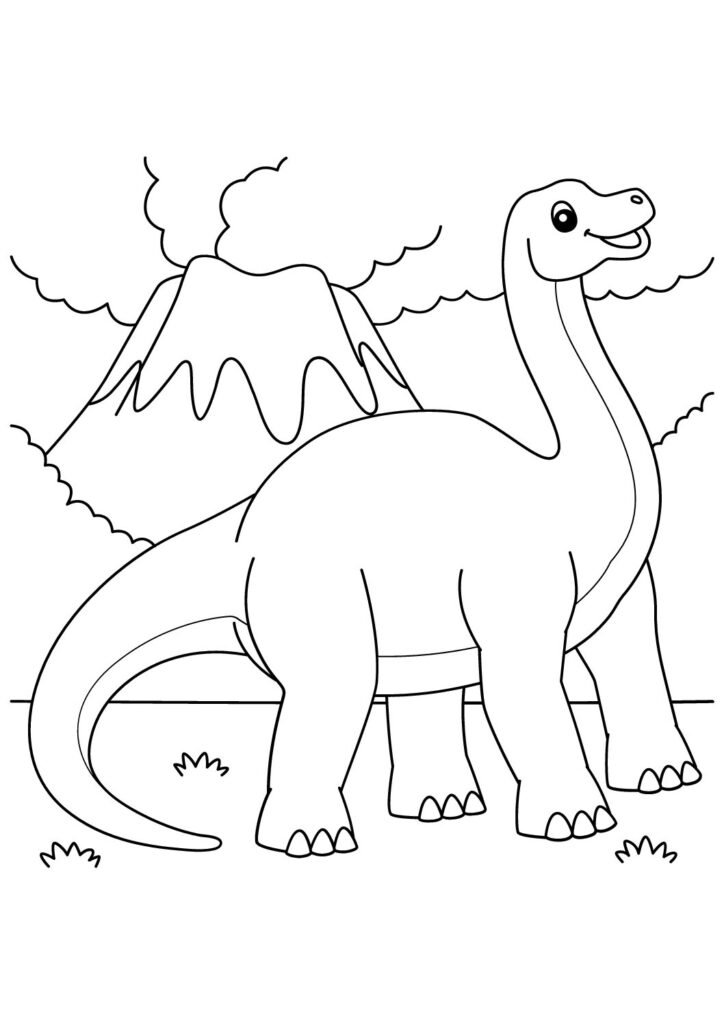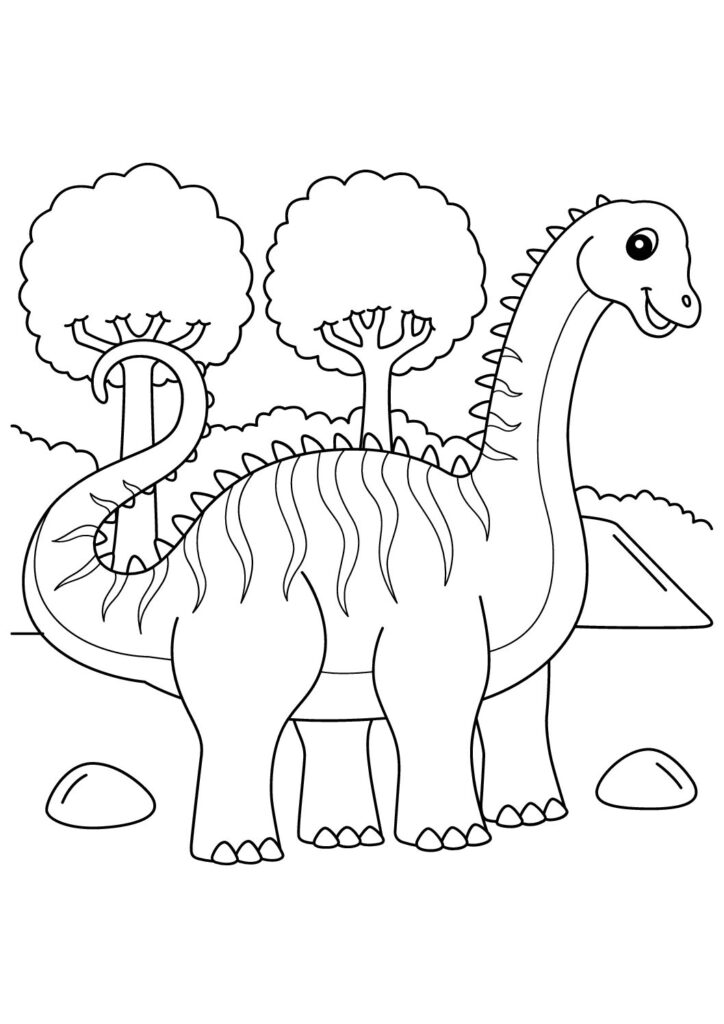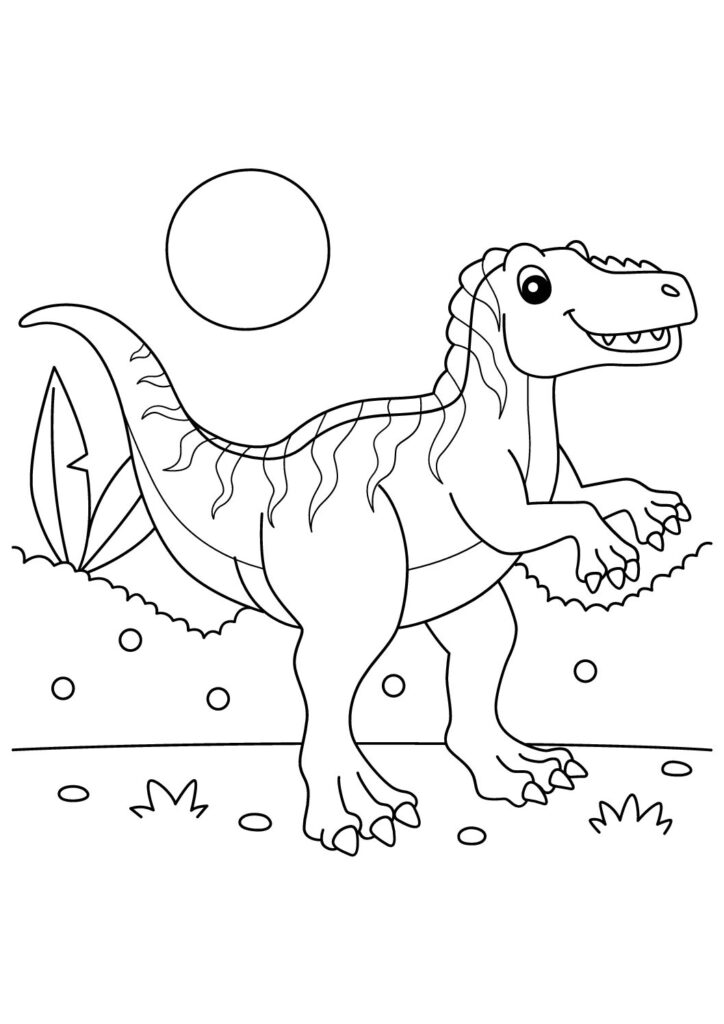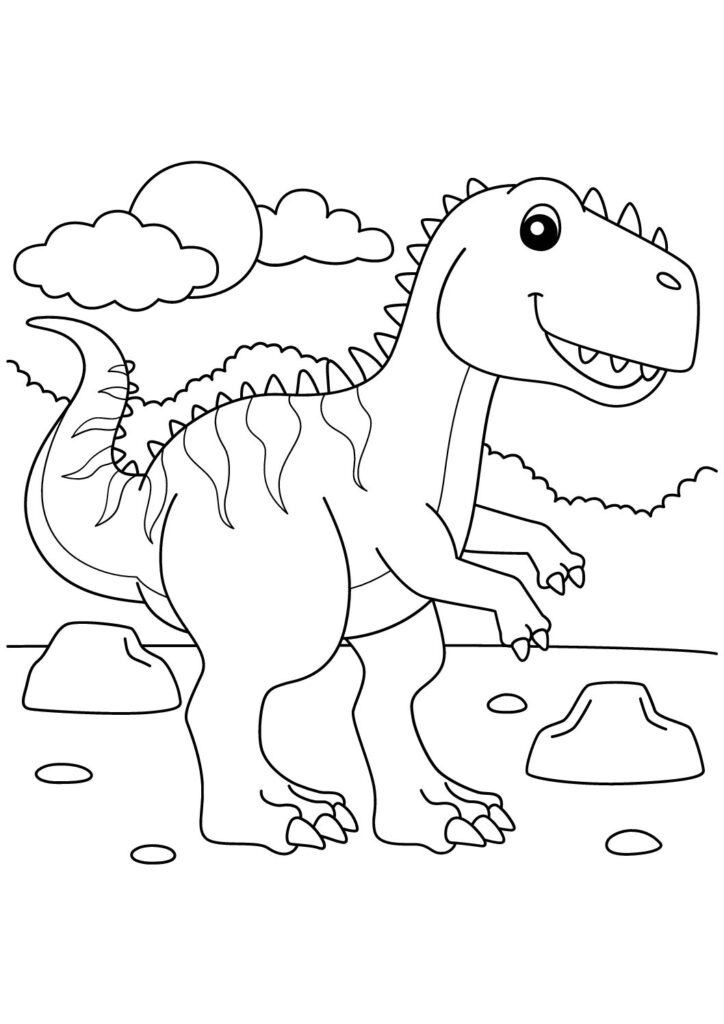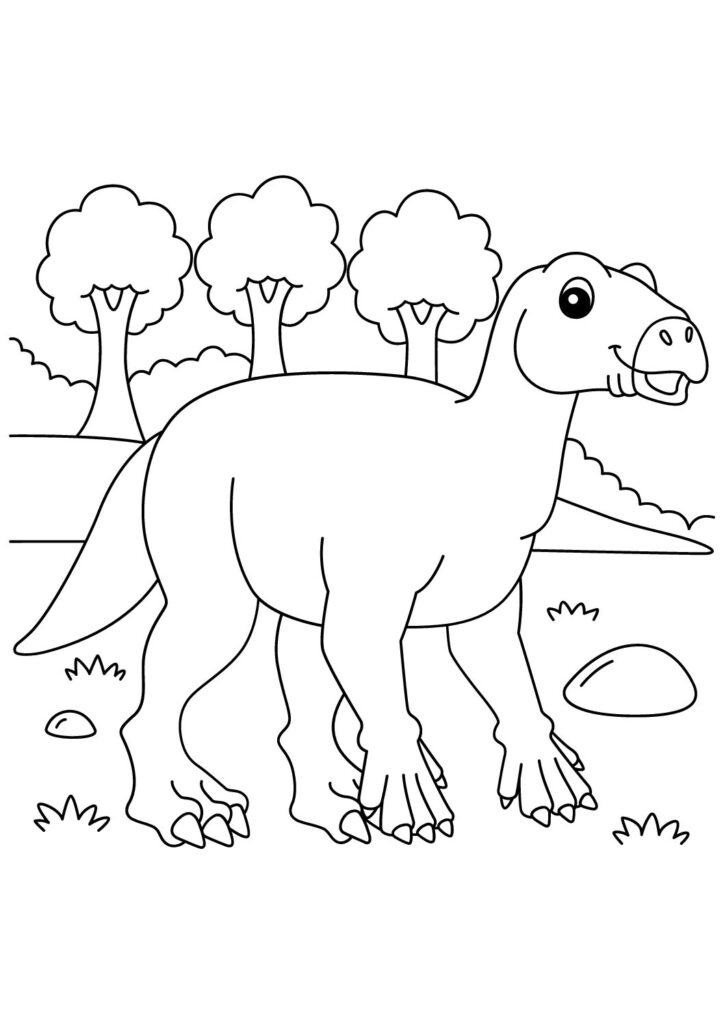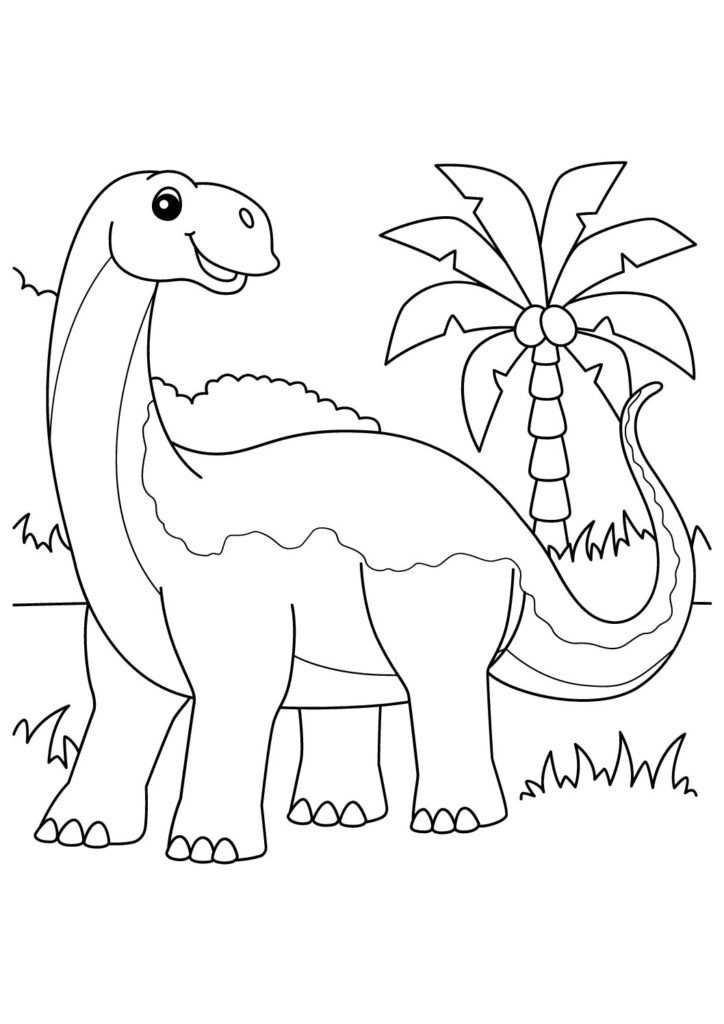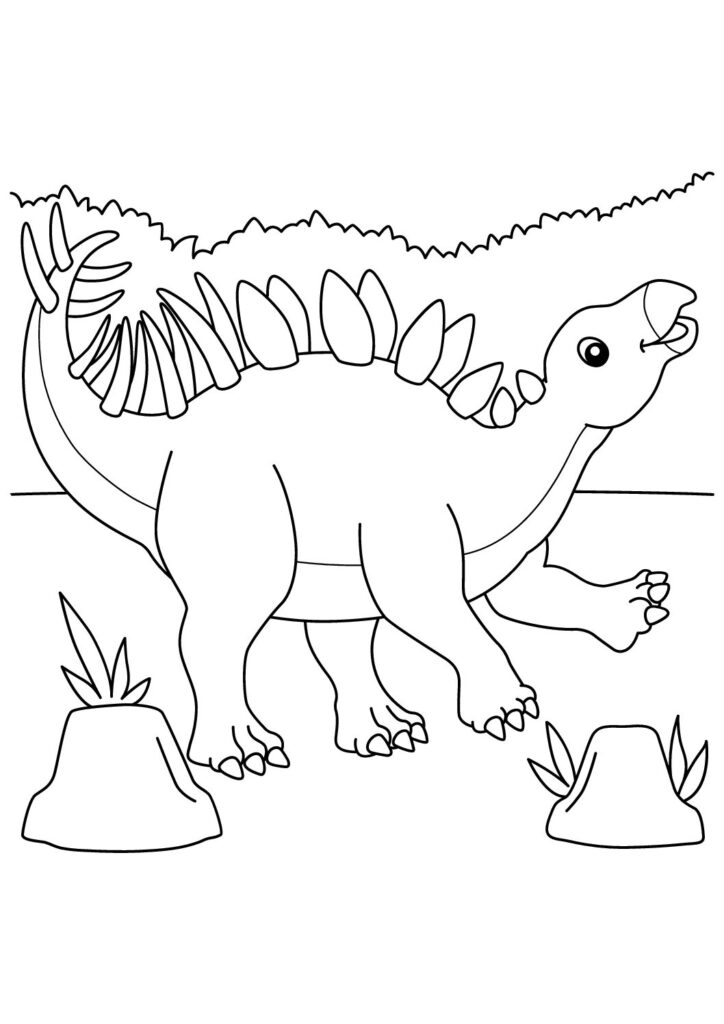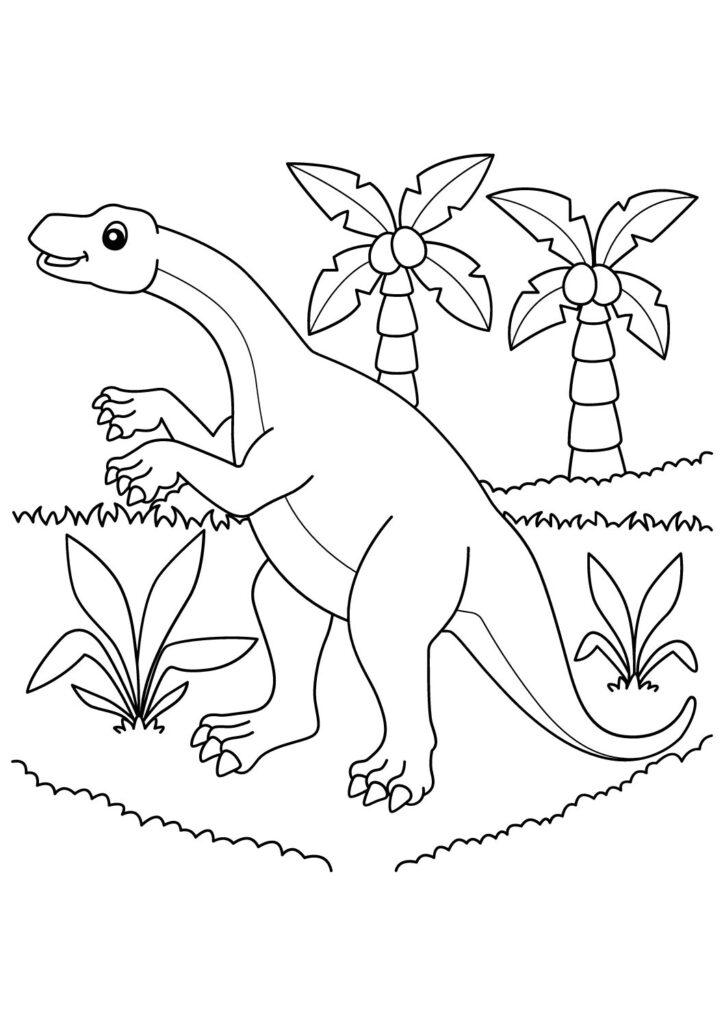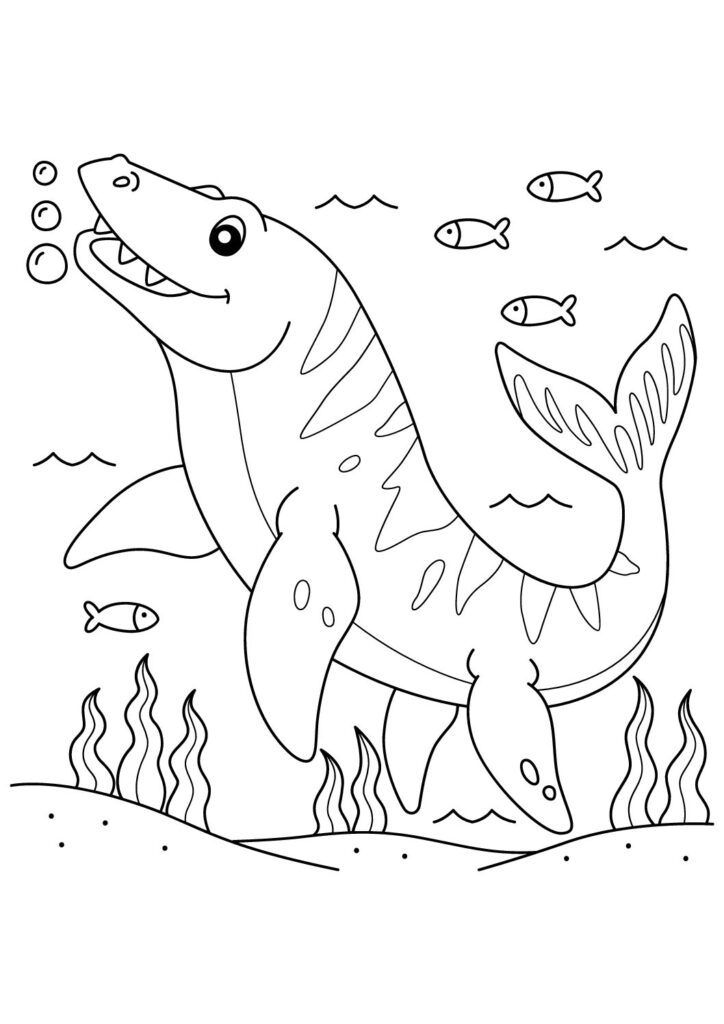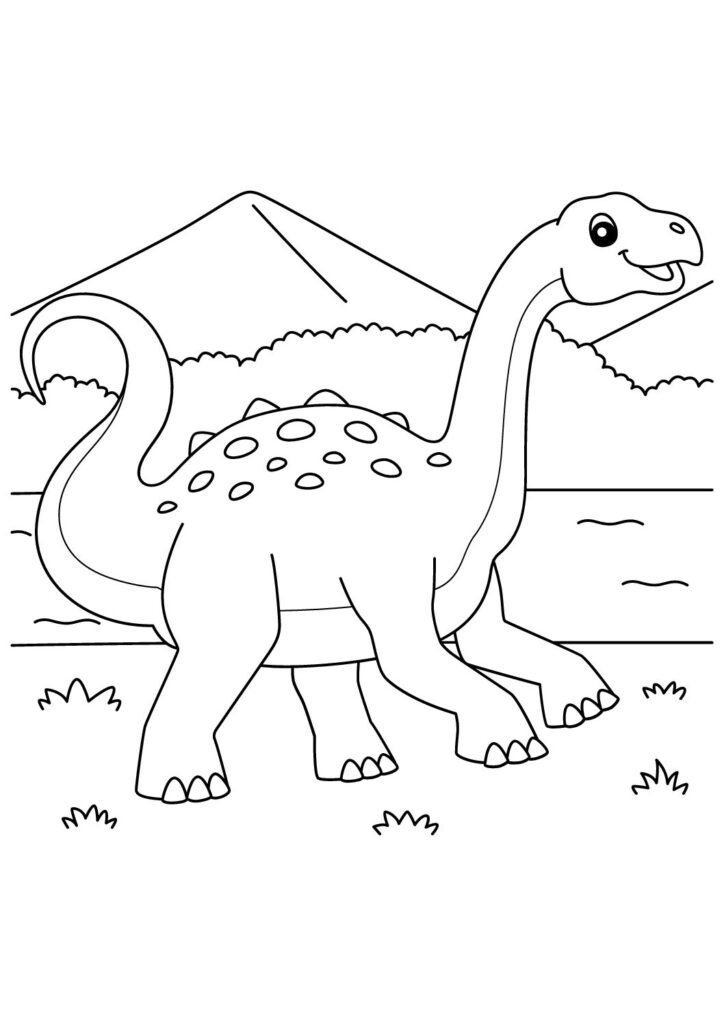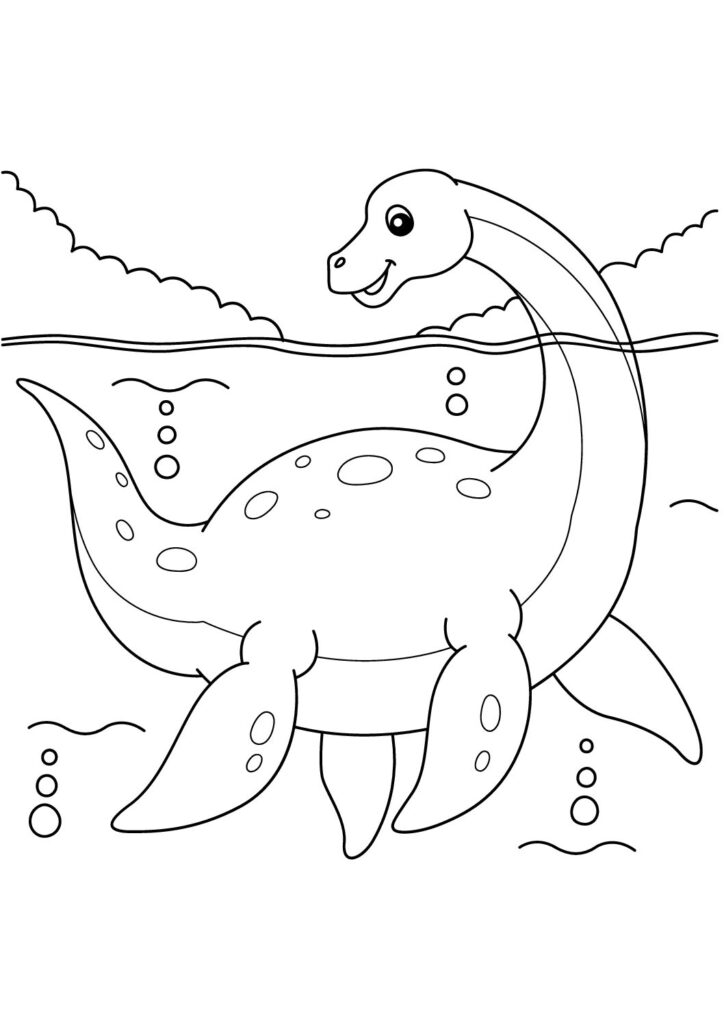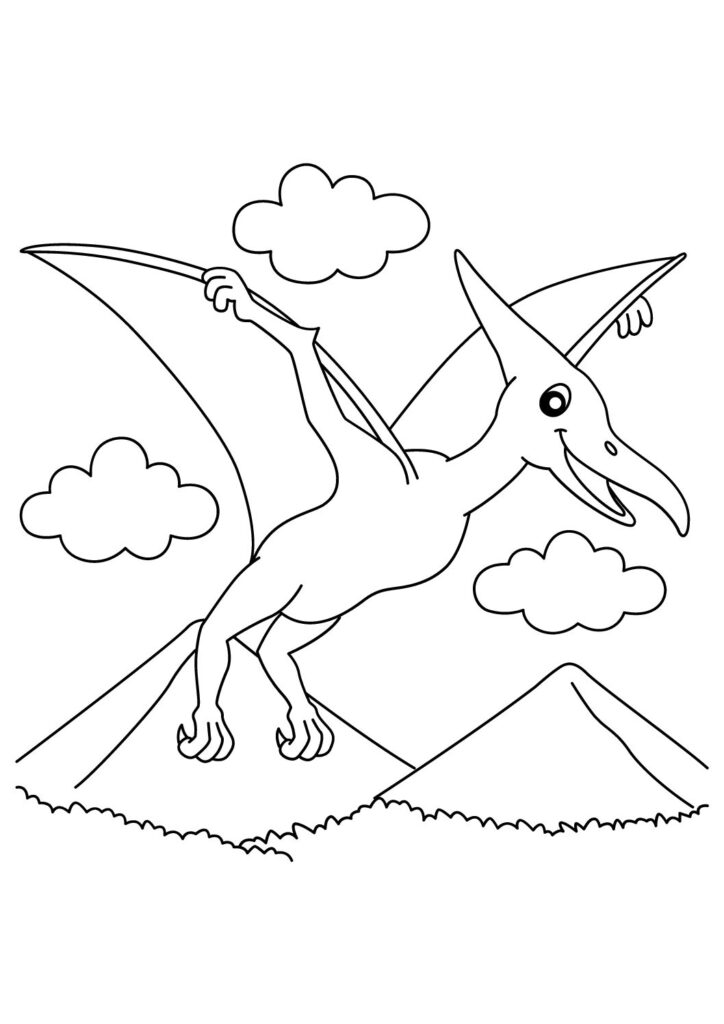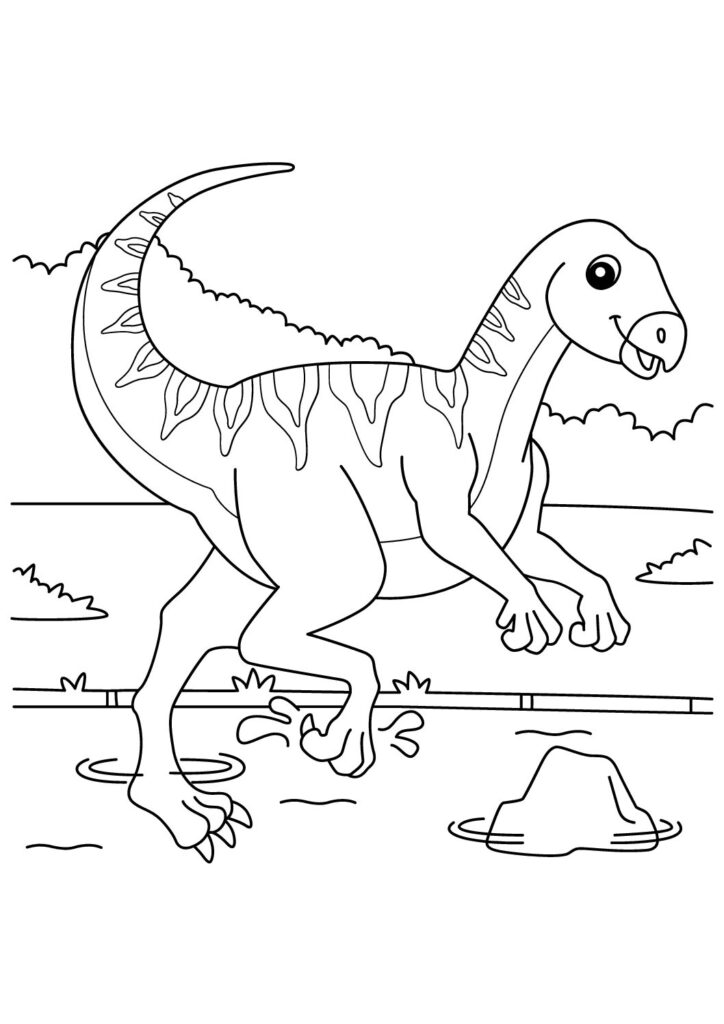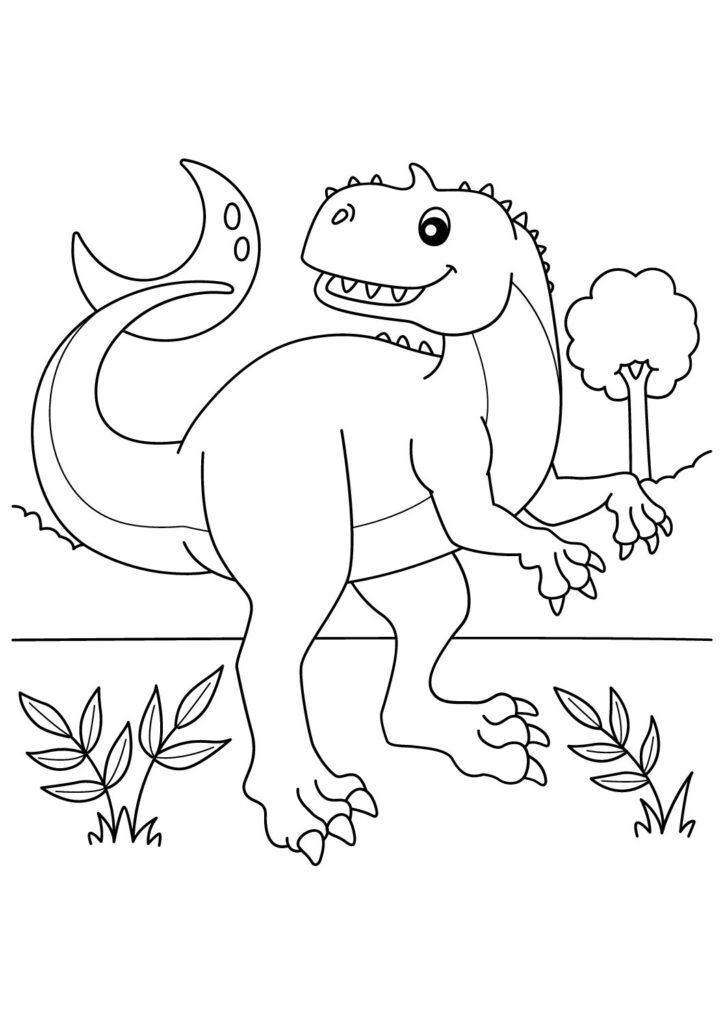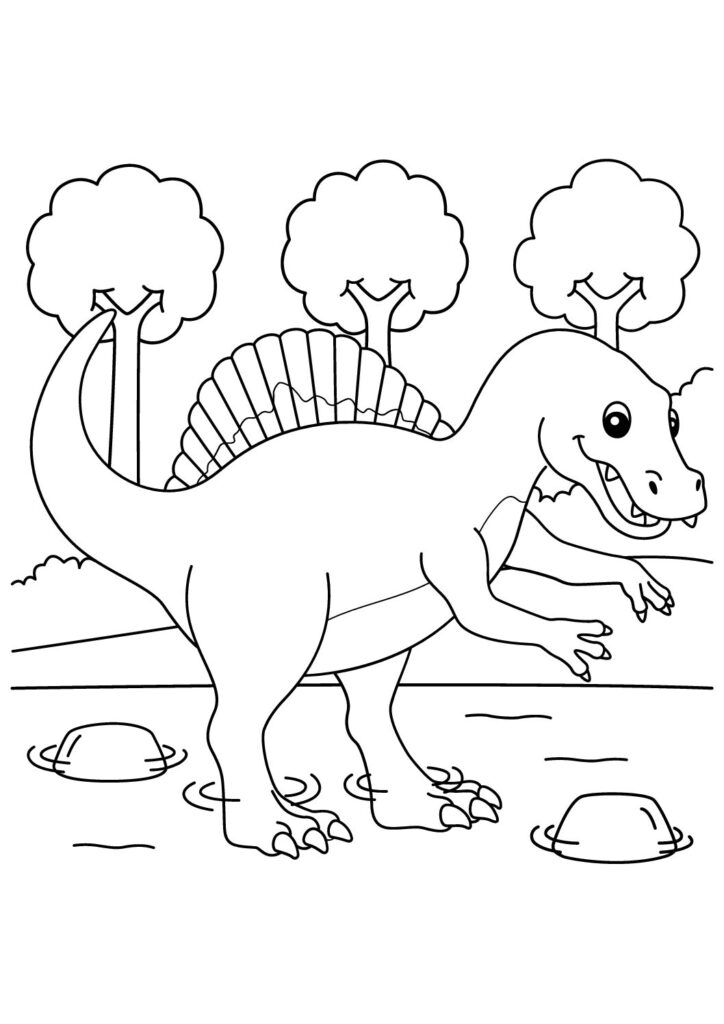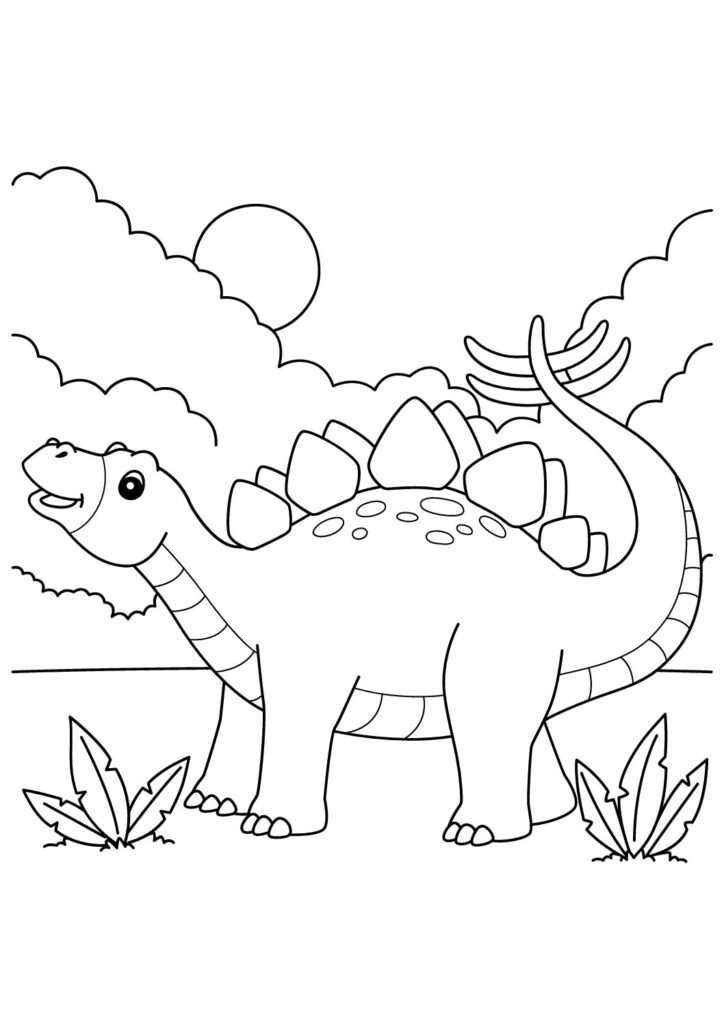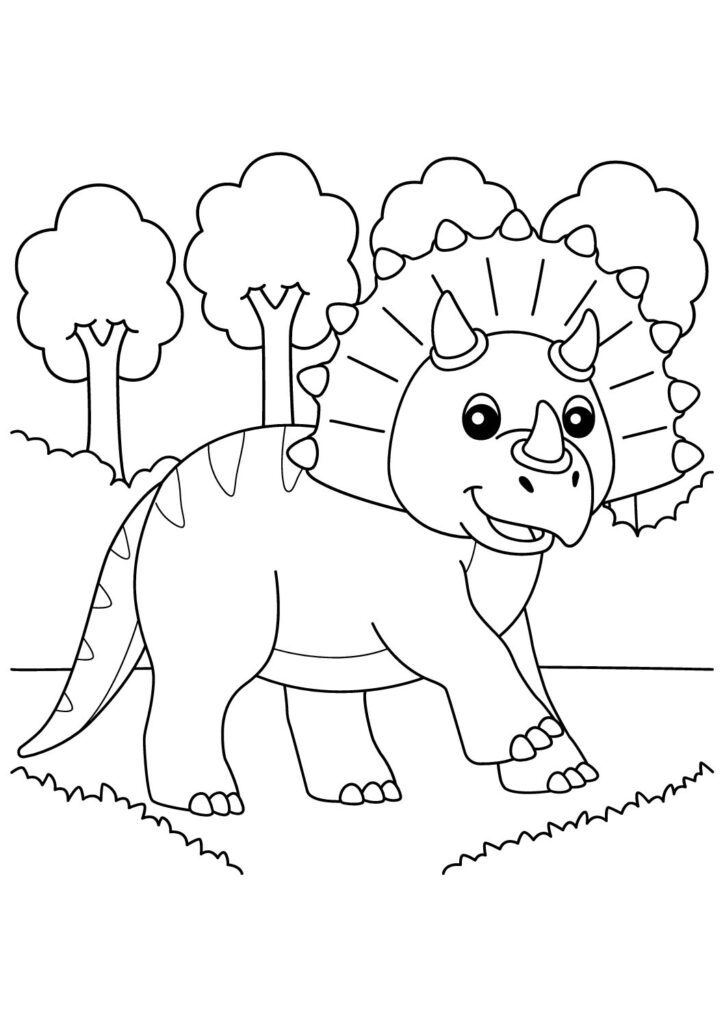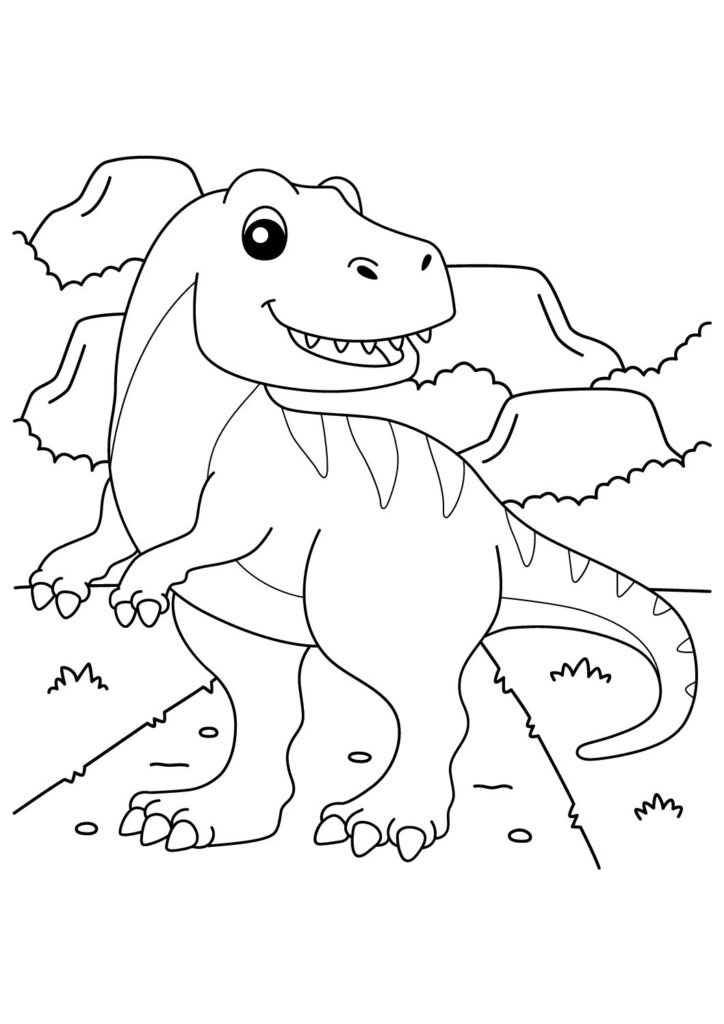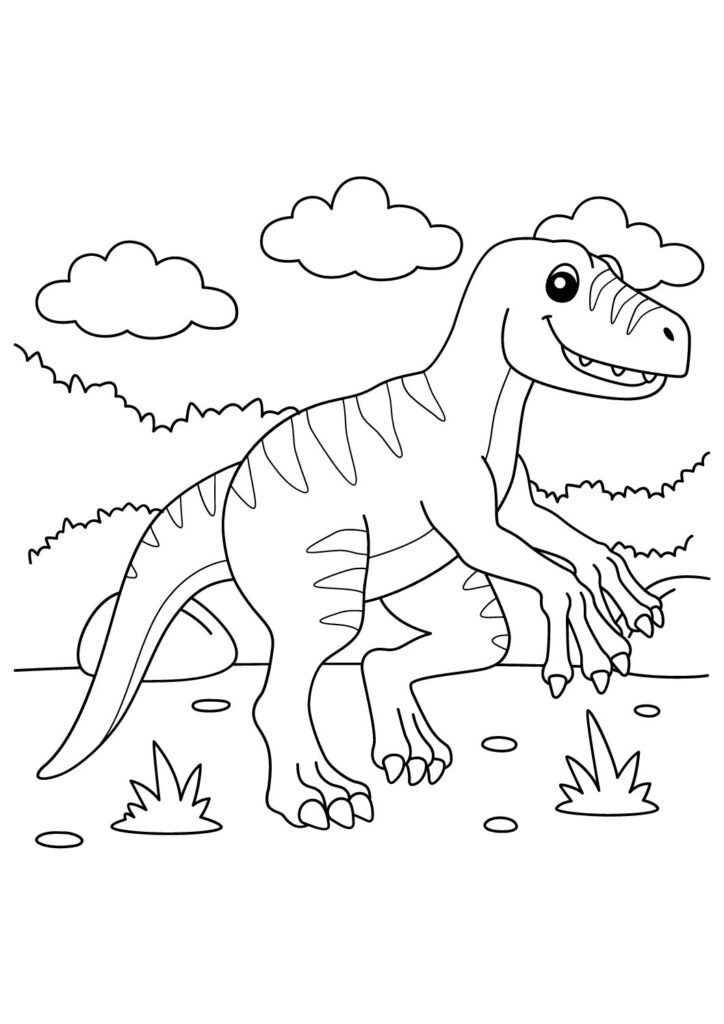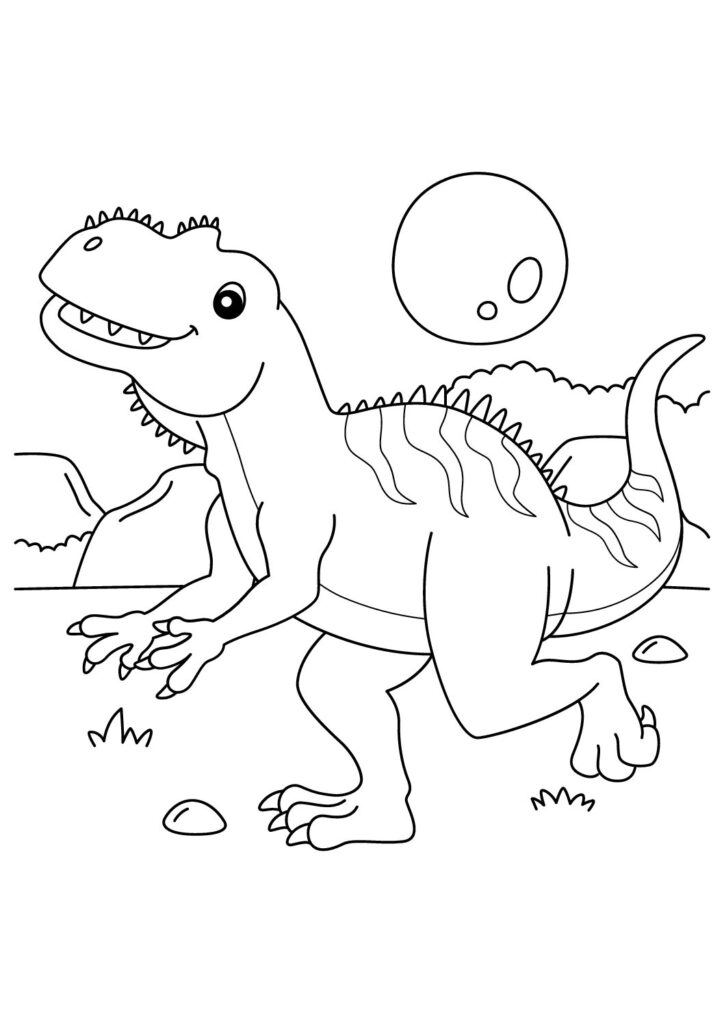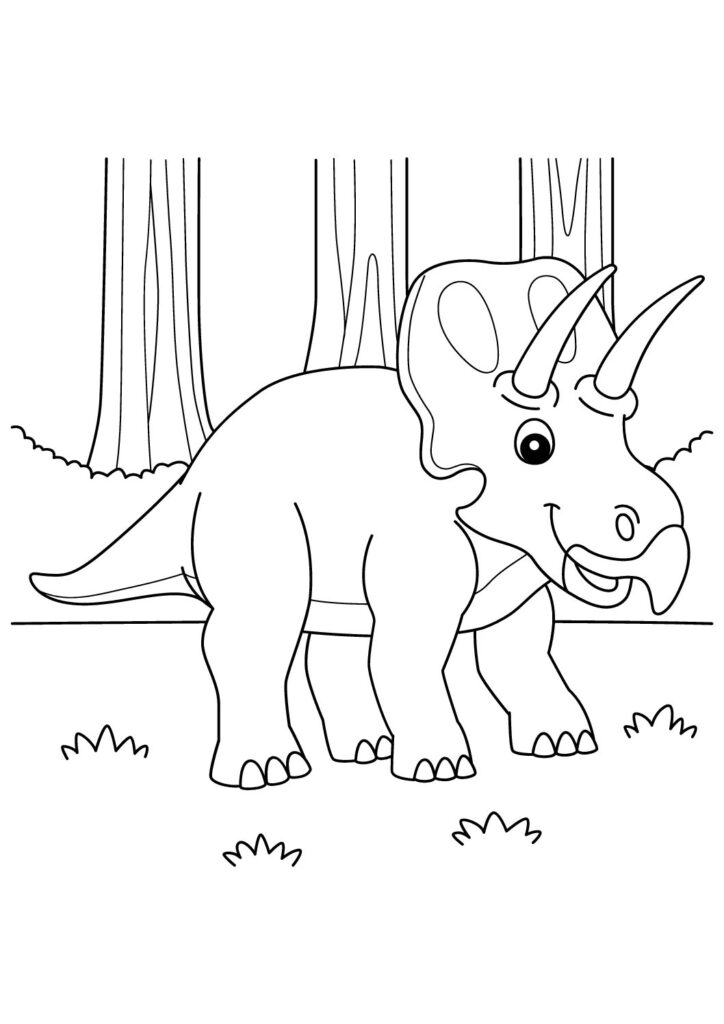1 Free Xenoceratops Coloring Pages for Download (Printable PDF)

Emerge into our free printable collection of Xenoceratops coloring pages featuring these horned dinosaurs in their impressive defensive poses! Download these high-quality sheets showcasing these elaborate ceratopsians with their ornate frills, powerful horns, and sturdy bodies displaying their incredible defensive features. Perfect for kids and dinosaur enthusiasts, these detailed prehistoric coloring pages capture the formidable nature of these plant-eating creatures known for being one of Canada’s earliest horned dinosaurs. Each printable sheet brings these amazing Cretaceous defenders to life, highlighting their distinctive frills, sharp horns, and powerful beaked faces!
Remarkable Xenoceratops Facts: The Complete Guide to Canada's "Alien Horned-Face"
Introduction
Xenoceratops foremostensis represents one of Canada’s most significant recent dinosaur discoveries, roaming what is now southern Alberta approximately 80 million years ago during the Late Cretaceous period. This impressive horned dinosaur, whose name appropriately means “alien horned-face,” provides crucial insights into the early evolution of ceratopsian dinosaurs in North America while helping fill important gaps in our understanding of horned dinosaur diversity during the middle Campanian stage.
Physical Characteristics
Despite being known only from partial skull material, paleontologists estimate Xenoceratops reached approximately 20 feet in length and weighed around 2 tons—comparable to a modern rhinoceros. Its most distinctive features included an elaborate frill adorned with two prominent hook-like projections on each side, paired brow horns extending over the eyes, and a smaller nose horn, creating a formidable appearance that likely served both defensive and display functions in its ancient ecosystem.
Scientific Rediscovery
Xenoceratops has a remarkable discovery story, with fossil fragments originally collected in 1958 from the Foremost Formation remaining unstudied in museum collections for over five decades. Paleontologists David Evans and Michael Ryan rediscovered these specimens during systematic research in 2003, eventually recognizing their significance and formally describing Xenoceratops as a new genus in 2012, demonstrating the ongoing importance of museum collections for new scientific discoveries.
Evolutionary Significance
As one of the oldest known members of the Centrosaurinae subfamily of horned dinosaurs, Xenoceratops provides crucial evidence about the early evolution and diversification of this group in North America. Its unique combination of features, including the distinctive frill ornamentation, suggests that complex display structures evolved early in centrosaurine evolution, with these elaborate headgear adaptations developing millions of years before later, more famous relatives like Centrosaurus and Styracosaurus.
Paleoenvironment
During Xenoceratops’s time, southern Alberta featured a warm, semi-tropical coastal environment along the western shore of the Western Interior Seaway that divided North America. This productive ecosystem supported diverse plant communities including conifers, cycads, and early flowering plants that provided abundant food resources for large herbivores, while the region’s seasonal climate likely influenced migration patterns and breeding behaviors among its dinosaur inhabitants.
Research Importance
Xenoceratops fills a significant gap in the fossil record of horned dinosaurs, representing one of the few ceratopsians known from the critical middle Campanian time period. This temporal position makes it particularly valuable for understanding how ceratopsians evolved and diversified throughout western North America, demonstrating that the impressive array of frill and horn configurations seen in later species began developing much earlier than previously recognized.
Canadian Dinosaur Heritage
The discovery of Xenoceratops adds to Alberta’s extraordinary dinosaur heritage, which represents one of the world’s richest and most important dinosaur fossil regions. The Foremost Formation where Xenoceratops was discovered remains relatively understudied compared to other Canadian fossil-bearing formations, suggesting this region has significant potential for future discoveries that could further enhance our understanding of dinosaur evolution and diversity.
